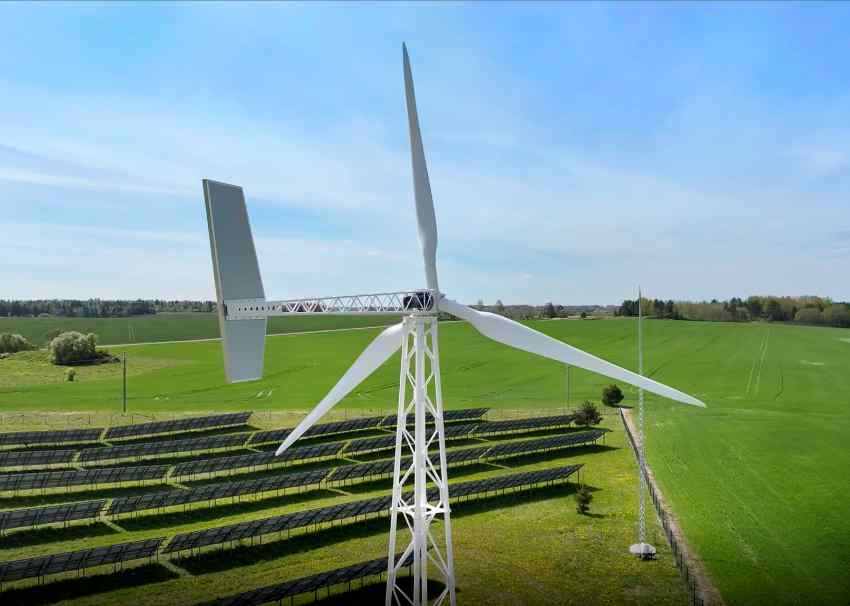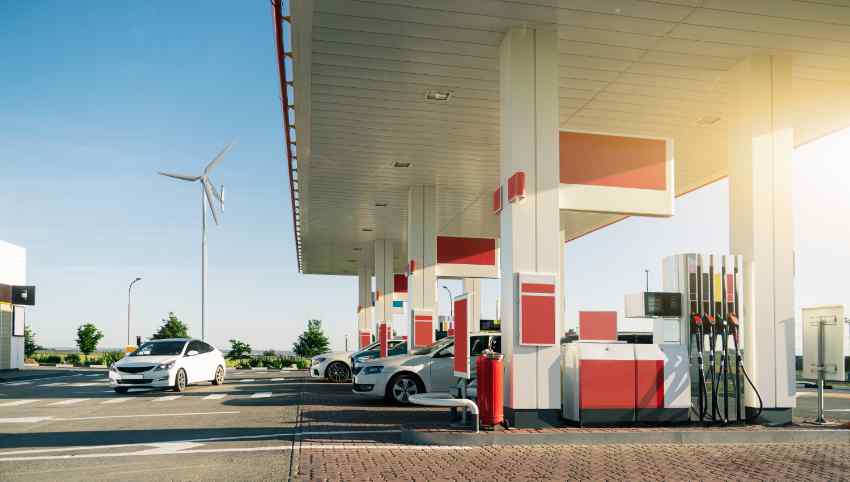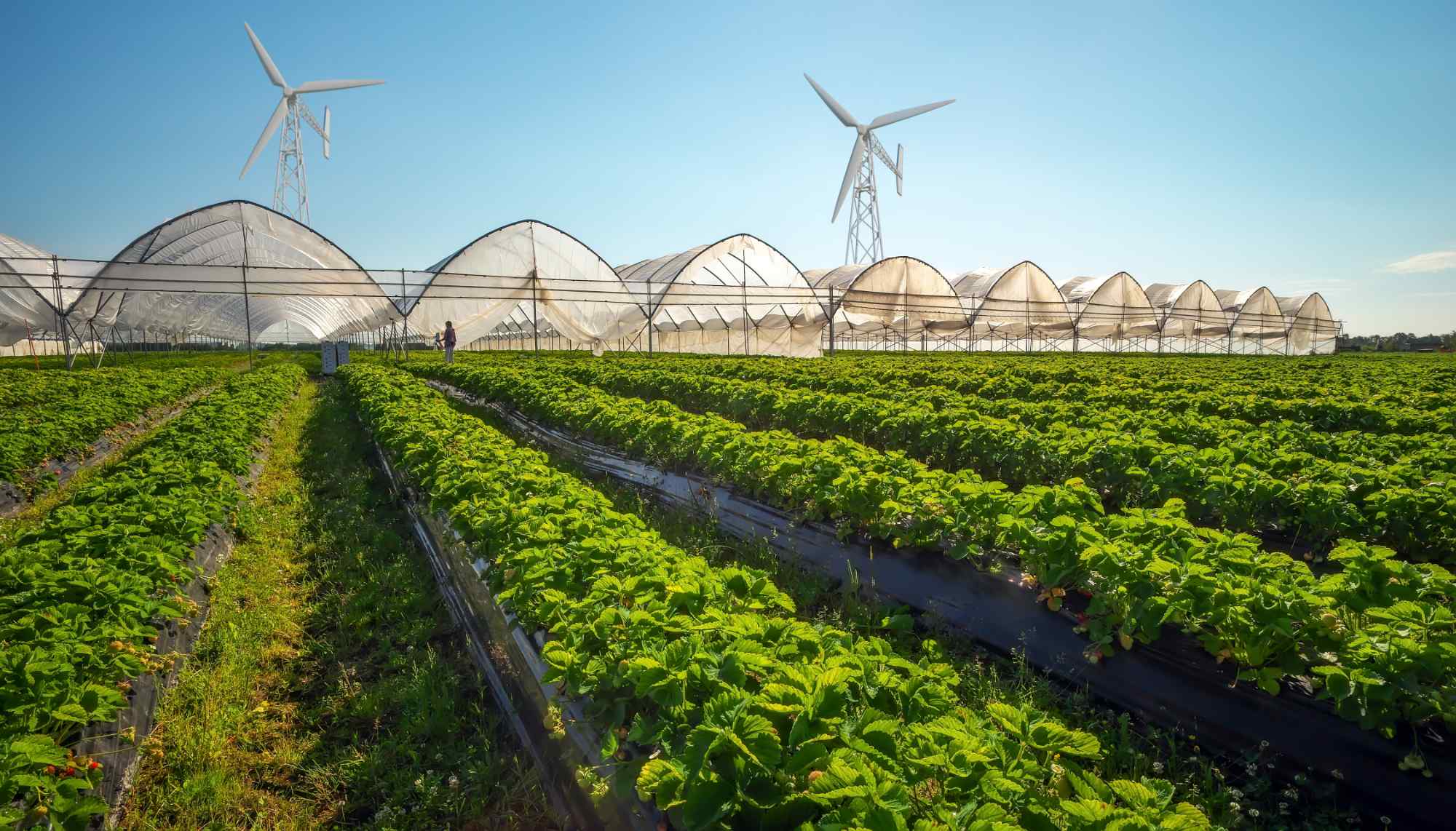As industrial supply chains become increasingly complex, flexibility has become more than just a value—it’s a strategic advantage. Freen OÜ embraces this principle in everything they do, from wind turbine manufacturing to metal subcontracting and full-cycle production.
We spoke with the Freen team to understand how their approach to flexibility supports client success in today’s fast-evolving market.
How do you define flexibility, and how is it reflected in the way you serve your clients?
For us, flexibility means being able to respond to customer needs without compromising quality, consistency, or certification standards. Whether a client needs high-volume component production, a last-minute design adaptation, or support in adapting renewable energy solutions to their business, farm, or household, we adjust our processes and team resources to match their priorities. In clean energy projects, questions like how much electricity can one wind turbine generate often shape early-stage discussions, and we provide clear, data-driven answers tailored to each site’s potential. To meet a wide range of energy demands, we’ve developed different models of small wind turbines—including the Freen-6, Freen-h15, and Freen-h20—each with different power ratings and performance profiles to suit everything from residential setups to larger agricultural or commercial use cases.
Can you share an example of adapting to a client’s specific or complex need?
Absolutely. One example comes from a client in Ireland who faced strict permitting regulations that limited the total turbine height to just 12 meters—well below the standard 20-meter setup. To meet this requirement, we proposed a custom low-height tower, knowing it would reduce energy output but still deliver sufficient power thanks to the site’s strong wind conditions. In parallel, we were also working on a highly customized solution for an oil company that wanted to install wind turbines directly onto their offshore platforms. In that case, we explored how to integrate our turbines with their existing structural systems to reduce installation costs and complexity. We also provide consultations on hybrid microgrid systems, helping clients create autonomous setups by integrating wind energy into their broader infrastructure. These cases illustrate how we tailor both the hardware and system architecture to meet specific technical and operational challenges.

What capabilities enable your team to respond quickly to client-specific challenges?
We operate with integrated, in-house capacities—from laser cutting and CNC machining to assembly and packaging—which minimizes lead times and reduces coordination overhead. While we maintain regular technical communication with clients, much of the coordination is handled efficiently by our internal teams. In addition, our dedicated specialists in small wind turbines and energy storage systems have strong backgrounds in renewable energy and stay up to date with the latest technologies, challenges, and innovations—ensuring our solutions remain both practical and future-ready.
How do you balance flexibility with efficiency and cost control while still delivering value?
It’s a matter of structure and mindset. By standardizing our core workflows and using modular production lines, we maintain lean, cost-efficient processes while still enabling a high degree of customization. Our ISO 9001 and ISO 3834-2 certifications ensure consistent quality and full traceability across all operations. At the same time, as a relatively young and agile company, we’re not bound by rigid legacy systems. We continuously evaluate and improve how we work—quickly rebuilding or optimizing any process that proves ineffective. This agility allows us to respond faster than large corporations and deliver value without compromising flexibility or control.

How adaptable are your solutions to different client needs or industries?
Very adaptable. We serve multiple sectors—renewable energy, industrial machinery, construction, and agriculture—offering both product-based and subcontracting solutions. For instance, our Freen-6 and Freen-20 vertical axis turbines are designed for flexible installation across residential zones, farms, and remote sites. Clients often ask us how much electricity a wind turbine can produce in low-wind or hybrid setups, and we provide tailored estimates based on local conditions and use cases. At the same time, our metalworking unit produces high-precision components for OEMs across Europe, easily adapting to different industry standards and requirements.
How do you collaborate with clients to understand their challenges and deliver results that drive their success?
We start by deeply analyzing each client’s operational context—whether their goal is to reduce grid dependency, improve energy resilience, or transition to cleaner power sources. This begins with thorough interviews to understand the full picture of the challenge, which often helps uncover related issues or opportunities that might not have been initially visible. We believe in educating our clients throughout the process, especially when it comes to small wind and hybrid renewable systems, so they become active participants in shaping the solution. This shared understanding leads to better decisions and stronger outcomes. We also conduct a wide range of preliminary research at no cost—assessing local wind potential, current energy pricing, and available national or regional funding programs—to ensure the proposed solution is not only technically sound but also financially viable. In many cases, this holistic and collaborative approach allows us to deliver more than just a product—it enables long-term value and success.

What technologies or tools help your company stay flexible and client-focused?
We use a proprietary ERP system (Monitor) that connects order planning, production, and logistics—allowing us to track deadlines, dynamically allocate resources, and accurately forecast project needs. Our CNC and laser cutting systems are digitally integrated, enabling fast transitions between custom orders and ensuring high production flexibility. Additionally, we leverage various AI tools, particularly in our client interactions. These tools help us analyze site data, simulate energy yields, and streamline early-stage feasibility assessments—especially valuable in the small wind turbine industry, where every location presents unique variables. AI also supports faster and clearer communication by summarizing technical information and helping clients make informed decisions more efficiently. These technologies together allow us to stay agile, data-driven, and highly responsive to client needs.
How do you maintain high quality and compliance when offering tailored solutions?
Every customization is assessed against certification, material traceability, and documentation standards. Our in-house quality control procedures ensure that even custom parts go through rigorous checks. For turbine projects, we follow CE EN 1090-2 requirements, ensuring both mechanical integrity and regulatory compliance.

Have you seen a growing demand for flexible, customized solutions to help clients stay competitive?
Absolutely. Clients increasingly need energy resilience, shorter supply chains, and local production. That means more hybrid systems, more small-batch precision components, and a move toward adaptable sourcing partners. Our role is to absorb that complexity and give them one reliable point
Looking ahead, how will adaptability and client-focused flexibility shape your strategy for driving success?
We’re doubling down on agility. That includes expanding our wind turbine portfolio (with new models like Freen-h20) and investing in battery R&D to offer full hybrid energy ecosystems. On the manufacturing side, we plan to automate repetitive tasks further, so we can reserve human creativity for solving the more complex, high-value challenges our clients bring us.


